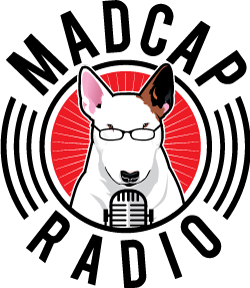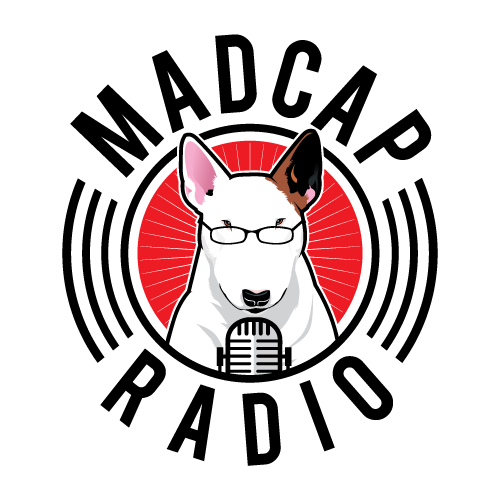|
Being wrong hurts. It cuts the the core of who we are and what we believe. No one is born loving being wrong. But, can being wrong make you better?
In this three part series, Jane and Mark share stories about being wrong and how learning to embrace being wrong can open up huge growth for you, both as dog breeder and a person.
Introduction - Why It Hurts So Bad To Be Wrong
Why is it so threatening to realize that you might have been wrong about something? Turns out there's an evolutionary basis for this. Plot spoiler: that evolutionary strategy was awesome in the stone ages, but maybe not so much now.
Act One: Low Birth Weight Puppies
How our "stories" can blind us to what's before our eyes and potentially keep us from learning something new.
Act Two: Food Wars
Nothing forms strongly-defended tribes better than food ideology. But what if you learned something new that made the picture bigger and changed the considerations? Would you be willing to challenge your food tribe's assumptions?
Act Three: Early Off Premises Socialization
Sometimes you really were right. But then the circumstances changed. How changing your mind about something does not always. mean you were wrong in the first place.
1 Comment
9/19/2023 12:47:49 pm
It’s nice to know for a dog eating poop is normal. I have always been told and in some research I have done eating poop meant they were missing something in their diet. Granted, most of that “research “ lead to buying a supplement of some sort.
Reply
Your comment will be posted after it is approved.
Leave a Reply. |
AuthorJane Messineo Lindquist (Killion) is the director of "Puppy Culture the Powerful First Twelve Weeks That Can Shape Your Puppies' Future" as well as the author of "When Pigs Fly: Training Success With Impossible Dogs" and founder of Madcap University. Archives
May 2023
Categories |







